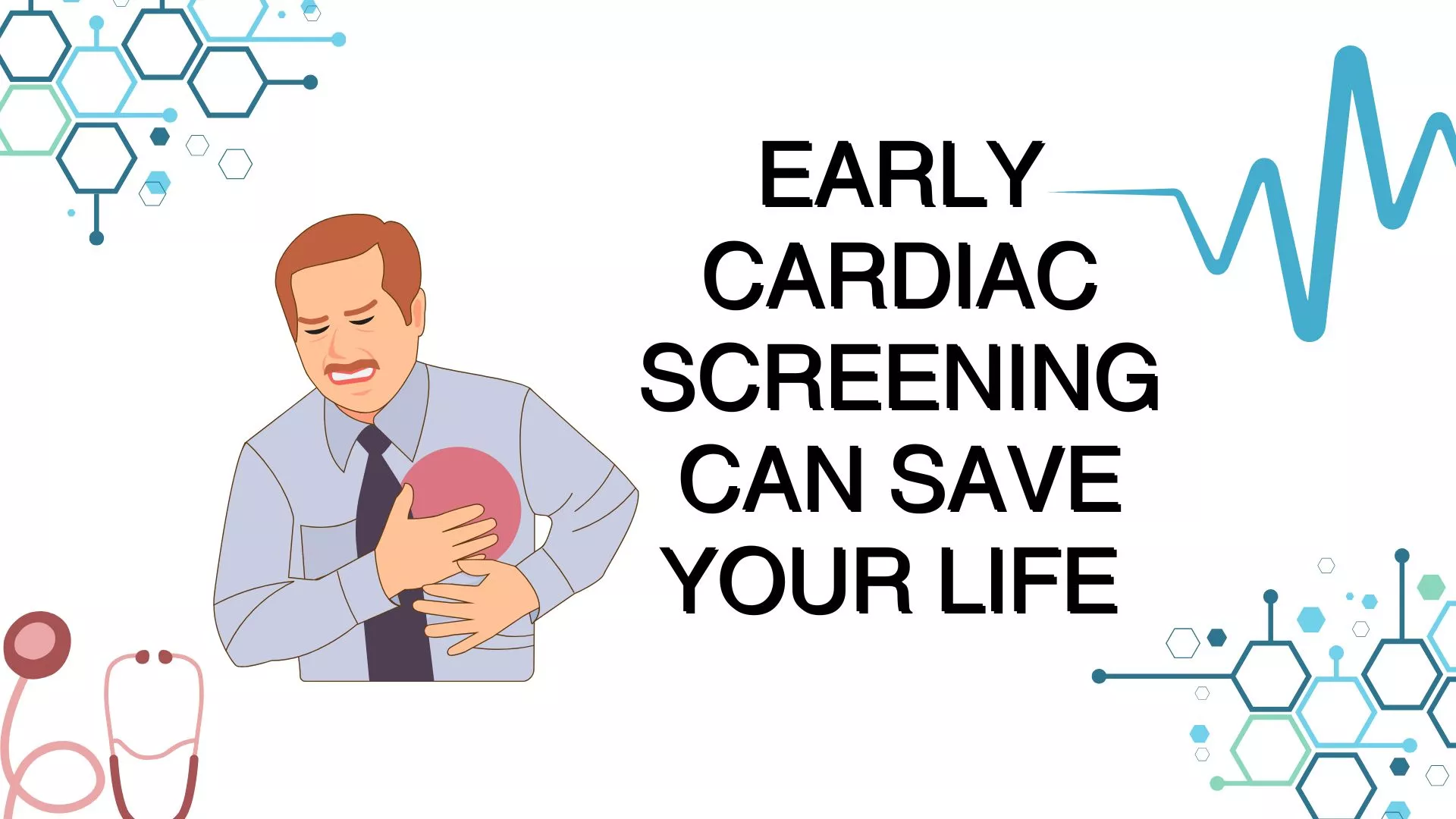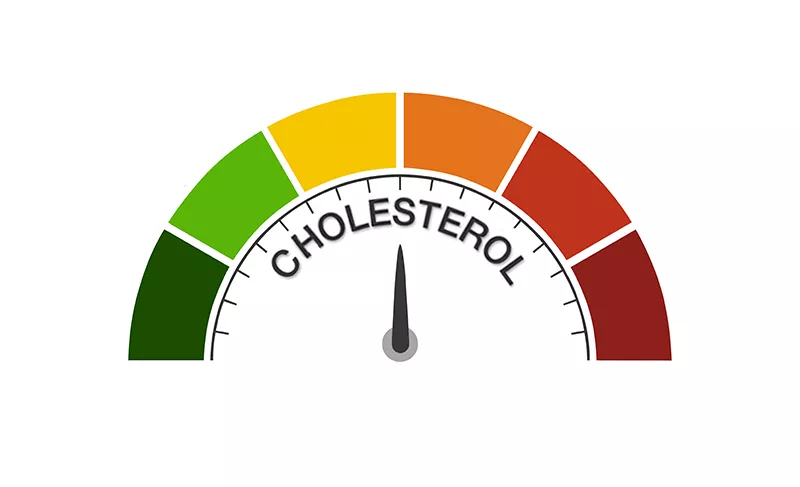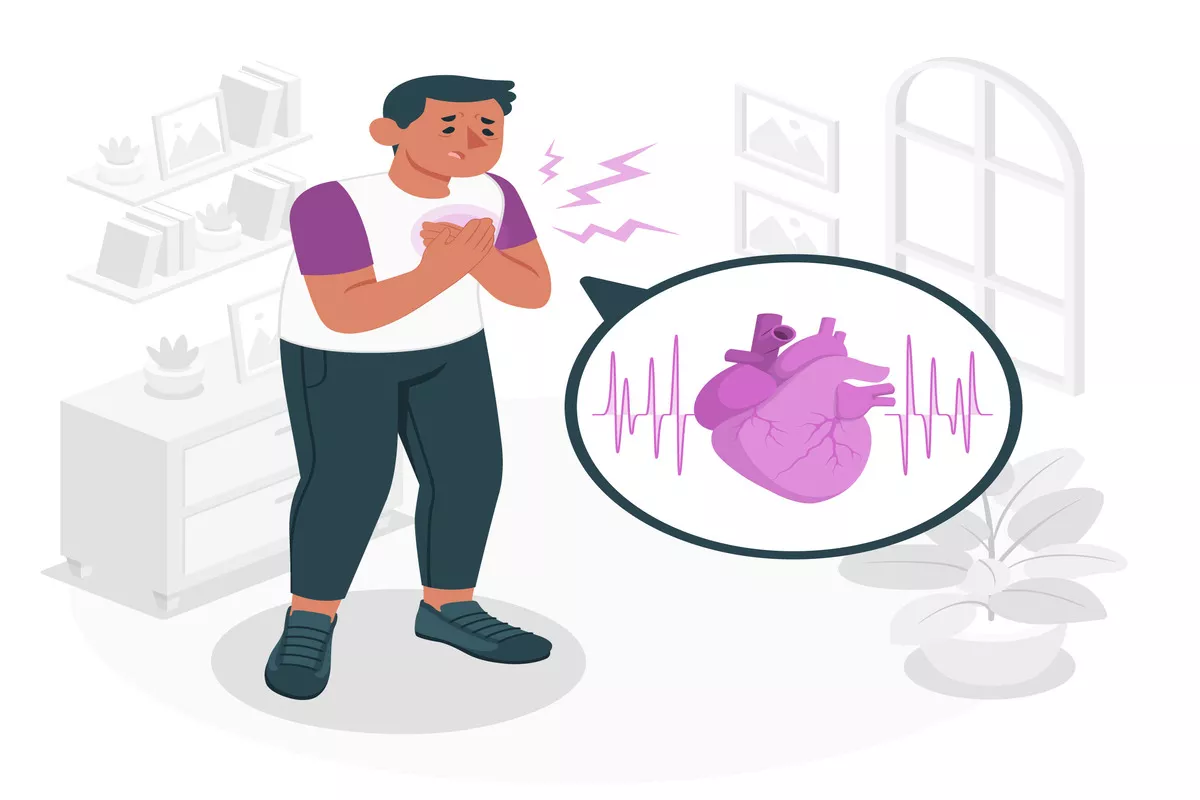Heard of the "Widow-Maker" heart attack? This post cuts through the scare tactics. We'll explain what it is, the symptoms to watch for, and – most importantly – how to lower your risk. Take control of your heart health and learn how to prevent this serious condition.
A widow-maker heart attack is one of the most severe kinds of heart attack because it is fast and has the potential to take someone's life. Knowing what it is, recognizing its symptoms, and how to prevent it can be life-saving. This blog will cover all essential information about the widow maker heart attack, from definition and symptoms to treatment options and ways of preventing this condition.
What Is a Widow-Maker Heart Attack?
A widow-maker heart attack happens when a blood clot or plaque completely blocks the left anterior descending (LAD) artery, a critical artery supplying blood to a large portion of the heart. This blockage, medically termed an anterior STEMI myocardial infarction, substantially impairs the heart's function and can be mortal without quick medical intervention.
Mechanism of Attack
The blockage in the LAD artery restricts blood circulation to the front part of the heart, which is considered the "workhorse" for pumping oxygen-rich blood throughout the body. Without prompt treatment to restore blood flow, the heart muscle can become damaged, weaken, stop working, or suffer permanent damage within minutes.
Symptoms of a Widow-Maker Heart Attack
Symptoms of a widowmaker heart attack are pretty much the same as for other heart attacks and may vary in different individuals.
Common symptoms include:
- Chest pain or discomfort
- Shortness of breath
- Rapid or irregular heartbeat
- Pain radiating to arms, shoulders neck, back, or jaw
- Light-headedness or weakness
- Fainting or sudden cardiac arrest
- Excessive sweating
- Nausea, and vomiting
It is essential to identify these symptoms early and avail emergency medical help without delay.
Causes and Risk Factors
The leading cause of a widowmaker heart attack is atherosclerosis a condition where cholesterol-rich deposits (plaque) build up in the coronary arteries. These plaques can rupture, leading to the formation of a blood clot that completely blocks the artery.
Several factors increase the risk of a widowmaker heart attack, including:
- Older age (men over 45 and women over 50)
- Family history of heart disease
- Smoking
- High blood pressure
- High cholesterol
- Diabetes
- Obesity
- Lack of physical activity
Additionally, genetic predispositions and certain medical conditions can elevate the risk.
Diagnostic Procedures
- Electrocardiogram (EKG): This test records the electrical activity of the heart and helps detect abnormal rhythms which can indicate the presence of a heart attack.
- Echocardiogram: An ultrasound of the heart to image its structures and motion, allowing doctors to measure the heart's functioning and localize areas that may have been damaged.
- Blood Tests: Blood tests measure levels of cardiac enzymes such as troponin, released when heart muscle is damaged, thereby confirming the occurrence of a heart attack.
- Chest X-ray: A test that can detect the size and shape of your heart, as well as any fluid buildup in your lungs due to failure.
- Coronary angiography: An X-ray specialty where one is injected with a contrast dye that goes to the coronary arteries to check for blockages and guide further management.
- Cardiac CT or MRI: Both advanced imaging procedures provide high-quality images of the heart and blood vessels; such imaging assists in determining the extent of damage and identifying locations of obstruction.
- Nuclear Heart Scan: This test uses radioactive material to create images showing blood flow to the heart, highlighting areas with a reduced blood supply.
Treatment Options
- Aspirin and Blood Thinner Therapy: Aspirin reduces blood clotting, decreasing the chance of blockage recurrence, while blood thinners prevent existing clots from growing.
- Oxygen Therapy: The administration of oxygen increases the oxygen level in the blood, which decreases the work on the heart and prevents further damage to the heart muscle.
- Nitroglycerin: It increases blood vessel width, improving blood flow to the heart. This alleviates chest pain by lessening the demand for oxygen in the heart muscle.
- Thrombolytic Medications: Also referred to as clot-busting drugs, these help dissolve the blood clots that obstruct the coronary arteries, re-establishing the blood supply to the heart muscle to lessen damage.
Recovery and Prognosis
- Immediate Aftercare: Following treatment, patients usually are hospitalized for 2-3 days with a minimum of 24 hours stay in the intensive care unit. Continuous monitoring is essential as the heart is highly vulnerable to electrophysiological complications.
- Long-term Recovery: The widowmaker heart attack recovery time varies. Patients may be able to return to work in the following several weeks to three months, depending on the severity of the attack and the nature of their occupation.
- Complications: Treatment complications, such as bleeding from blood thinners or risks associated with surgery, will need prudent management.
- Follow-Up Care: Ongoing follow-up care needs to be observed with the healthcare team to supervise recovery and modify treatments related to the changes required in a widowmaker heart attack.
Prevention Strategies
Lifestyle Modifications
Prevention for widowmaker heart attack follows a lifestyle promoting good heart health:
- Healthy Diet: Eating primarily a diet rich in fruit, vegetables, whole grains, and lean proteins and avoiding saturated fats, trans fats, and added sugars.
- Exercise: At least 150 minutes per week of moderately intense physical activity.
- Quit Smoking: Avoid tobacco products entirely.
- Manage Stress: Practice stress-relief practices like meditation or yoga.
- Maintain Healthy Weight: Keep a body mass index under 25.
- Alcohol consumption: Practice moderation with alcoholic beverages.
Medical Management
- Control Blood Pressure: If medications are needed to manage.
- Lower Cholesterol: Lower cholesterol through diet and medications.
- Manage Diabetes: One should maintain sugar levels within the recommended limits.
For those prone to danger, periodic clinical examination and compliance with treatment protocols are key.
Conclusion
A widowmaker heart attack is a highly fatal medical emergency that can take life. It can be prevented by detecting the symptoms early, gaining awareness of the causes, and making prevention steps. Making correct lifestyle decisions and managing other health conditions will ensure this event does not happen. Always consult healthcare providers for personalized advice and treatment plans to promote heart health and general well-being. Take steps right now to prevent it so that tomorrow you can avoid a catastrophic widowmaker heart attack. Be informed, be well, and take steps toward protecting your heart.









